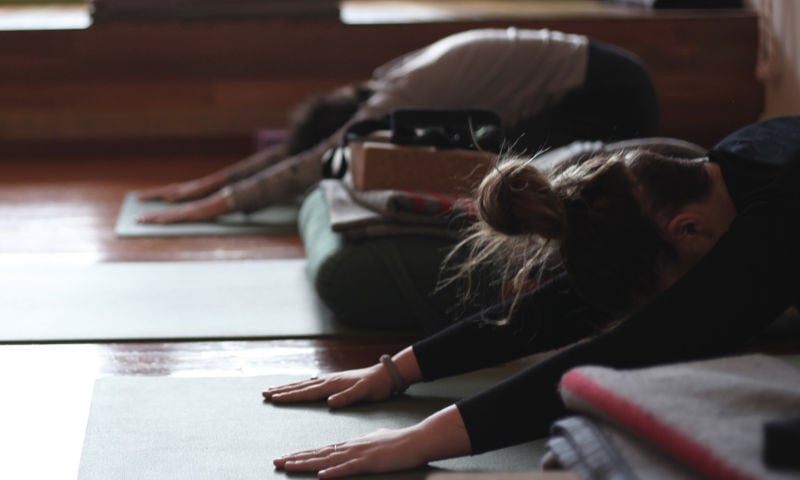Meditation and mindfulness are simple, yet often misunderstood concepts. Meditation in its most humble and authentic form is mindfulness – the basic human ability to be fully present, aware of where we are and what we’re doing. Mindfulness is innate in us all and is a quality that we all possess.
Meditation is a conscious choice to sit, walk or move with mindfulness. Unfortunately, in today’s hustle and bustle it is one of the skills we have seemingly lost our connection to, but thankfully mental health experts have been able to refresh the public’s interest in the benefits of mindfulness and meditation.
How can you adopt a lifestyle that includes mindfulness and meditation?
We spoke to with Sally Ferris, founder of Wonder Yoga Geelong to learn more.
- Anyone can do it. Anywhere. We are born with the gift of being mindful. Mindfulness does not require anyone to change their beliefs.
- It’s a way of living. Mindfulness is more than just a practice. It brings awareness and caring into everything we do – from eating to walking, to even brushing our teeth.
- It’s evidence-based. We don’t have to take mindfulness on faith. Both science and experience demonstrate its positive benefits for body and mind. Mindfulness and meditation are important for a well-balanced and calm life.
How do I explore the practice of meditation?
When we think about meditating, we can get hung up on thinking it’s all about ‘controlling’ our thoughts, but meditation begins and ends in the body. It involves taking the time to pay attention to where we are and what’s going on in our physical being.
By simply taking time and tuning in, we can find calmness, as our body has internal rhythms that help it relax if we give it a chance. Meditation is simply about being mindful for a period of time, whether that be one minute or one hour.
Ready to explore mindfulness through meditation?
- Take a seat. Find a spot that gives you a stable, solid seat.
- Notice what your legs are doing.If on a cushion on the floor, cross your legs comfortably in front of you. If you are on a chair, it’s preferable if the soles of your feet are touching the floor.
- Straighten your upper body.The spine has natural curve. Let it be there. Straightening your back does not mean you need to be stiff.
- Move your arms to a comfortable place beside your torso. Let your hands drop onto the tops of your legs.
- Drop your chin a little and let your gaze be downward. You can also close your eyes if that feels appropriate but it is not necessary to meditate with closed eyes. You can simply let what appears before your eyes be there without focusing on it.
- Be there for a few moments. Now tune into your natural breath; feel your breath as it goes out and as it goes in.
- Inevitably, your attention will leave the breath and wander to other places. When you get around to noticing this—in a few seconds, a minute, five minutes—return your attention to the breath. Don’t bother judging yourself or obsessing over the content of the thoughts. Come back. You go away, you come back.
- That’s it. That’s the practice. It’s often been said that to meditate is very simple, but it’s not necessarily easy.
Try these techniques on a regular basis to see the benefits filter into your every day. Taking a minute or two every day to sit in mindfulness is a great way to bring balance and a sense of wellness into your life.
Love technology?
There are a lot of great mindfulness and meditation apps available to help you get started on your mindfulness journey.



